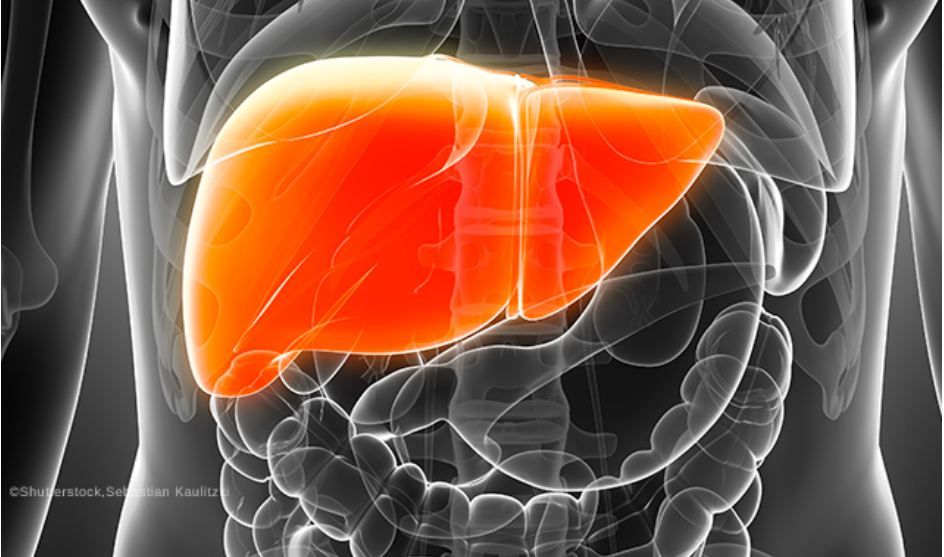News
Article
Burden, Inequality, Complications of MASLD Growing in Prevalence
Author(s):
Key Takeaways
- LC-MASLD incidence and prevalence increased by 0.73% annually from 1990 to 2021, with significant regional disparities.
- The Middle East and North Africa had the highest incidence and prevalence, while Andean and Central Latin America had the highest mortality and DALY rates.
The burden of LC-MASLD has significantly increased, especially in economically disadvantaged countries.
Credit: Adobe Stock

The burden of liver complications related to metabolic dysfunction-associated steatotic liver disease (LC-MASLD) has increased globally between 1990–2021, especially in economically disadvantaged countries.1
“Despite MASLD represent[ing] a significant public health challenge, comprehensive public health responses are absent in most countries.2 International health policy organizations, including the World Health Organization's Universal Health Coverage (UHC) program and the United Nations' Sustainable Development Goals (SDGs), have not directly include MASLD in its prevention and treatment guidelines. Advocating for orchestrated international collaboration in MASLD prevention and management, particularly in low-income countries, is imperative. Urgent action is also necessary to formulate comprehensive strategies at both national and global levels to confront the challenge of MASLD,” lead investigator Fang Lu, China-Australia Joint Research Center for Infectious Diseases, School of Public Health, Xi'an Jiaotong University Health Science Center, Xi'an, Shaanxi, People's Republic of China, and colleagues wrote.1
Lu and colleagues analyzed data from the Global Burden of Diseases Study 2021 and assessed LC-MASLD incidence, prevalence, mortality and disability-adjusted life years (DALYs). They measured ‘estimated annual percentage change’ (EAPC) between1990 and 2021. Inequalities were evaluated by slope index of inequality (SII) and the relative concentration index (RCI).
The investigators found that LC-MASLD rose annually by 0.73% in incidence and prevalence, 0.19% in mortality and 0.16% in DALYs between 1990 and 2021. Specifically, the global age-standardized incidence rate (ASIR) of LC-MASLD increased from 475.5 (95% UI [432.6–518.2]) to 593.3 per 100 000 (95% UI [542.7–643.7]), with an EAPC of 0.73 (95% CI [0.69–0.77]). AS prevalence rate similarly rose from 12 085.1 (95% UI [11 058.4–13 184.3]) to 15 018.1 per 100 000 (95% UI [13 756.5–16 147.6]), with an EAPC of 0.73 (95% CI [0.67–0.79]).1
The Middle East and North Africa had the highest incidence and prevalence, and Andean and Central Latin America had the highest mortality and DALY rates in 2021. LC-MASLD incidence was earliest in the 15–19 age group, both prevalence and DALY rates peaked at 75–79 years for both sexes.1
Lu and colleagues found that SII declined from −0.09 to −0.56 per 100 000 for mortality and from 1.41 to −7.74 per 100 000 for DALYs, indicating increases in inequalities in mortality and DALYs. Findings were similar by RCI measures.
“We advocate for a comprehensive approach to address the health challenges posed by MASLD. Firstly, it is crucial to establish clear diagnostic and care standards for MASLD, serving as a foundation for ensuring consistent and high-quality care across borders. Secondly, we suggested strengthening research efforts focused on MASLD, including exploring the pathogenesis of MASLD and promoting new diagnostic tools and treatments. Thirdly, we emphasize the improvement of healthcare and services to enhance the prevention, diagnosis and management of MASLD, ensuring the efficacy and sustainability of efforts. This approach aims to reduce disparities in healthcare access, regardless of geographic or socioeconomic status. The above strategies serve as references for addressing the global challenges engendered by MASLD while aligning with the health equity advocated by the WHO,” Lu and colleagues concluded.1
REFERENCES
Lu F, Liu J, She B, Yang H, Ji F, Zhang L. Global Trends and Inequalities of Liver Complications Related to Metabolic Dysfunction-Associated Steatotic Liver Disease: An Analysis From 1990 to 2021. Liver Int. Published online October 14, 2024. Doi: 10.1111/liv.16120
JV Lazarus, M, Ekstedt, G, Marchesini, et al., “A Cross-Sectional Study of the Public Health Response to Non-Alcoholic Fatty Liver Disease in Europe,” J Hepatology 72 (2020): 14–24.





